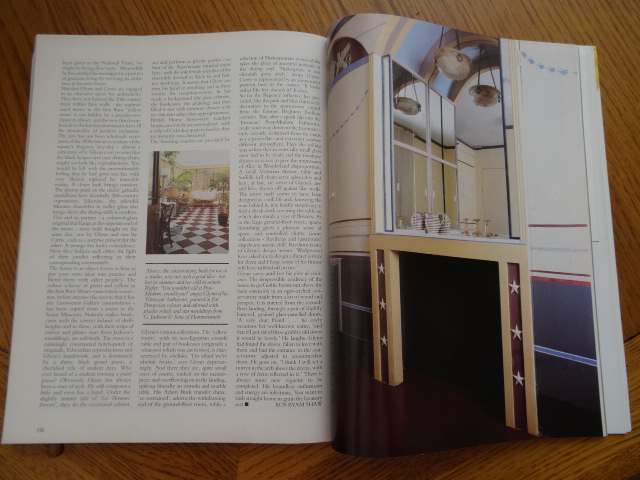The Eisteddfod was our first visit to Pontypridd, and we were were rather pleasantly surprised. By no means as dour as expected. The site of the Eisteddfod, Ynysangharad War Memorial Park, was trim, well maintained with carpet bedding, lido, bandstand, and a smart bowls club. All a proper municipal park should be. It contains the memorial to Evan James and his son James, residents of Pontypridd, who between them wrote 'Hen Wlad Fy Nhadau', 'Land of my Fathers'.
Pontypridd stands at the point where the river Rhondda joins the Taff, making it an important road and rail junction in the South Wales Valleys. There are, of course, some issues as with any town this size: the road system is understandably intrusive, and disruptive to the urban fabric; the shopping area was, sadly like many, a bit rundown. In the last few years quite a bit of redevelopment has taken place in the town centre. I don't rate the architectural quality, but it has, amongst other things, opened the main shopping street to the river Taff, and that is a good thing. This part of the development, replacing the 1960s Taff Vale Shopping Centre, consists of three separate buildings: a public library, and two office blocks, one of which houses 'Transport for Wales'. I had to smile seeing the 'T' logo of Transport for Wales on the roof of the building as it reminded me of the vast illuminated 'T's that decorated the corner of roof of 'Fordson Community Singery' in Aldous Huxley's 'Brave New World'. On what floor, I wonder, do the orgies take place?
Architecturally though, Pontypridd, an essentially Victorian town, has three treasures. The first is the famous and quite extraordinary 'Old Bridge', a breath-taking leap of stone over the churning waters of the river Taff. It was completed in 1756, on the fourth attempt. It is the work of William Edwards (1719-1789), autodidact, engineer, architect, and Methodist minister. I have talked about him before, briefly, in my post about that wonderful bridge by the falls at Cenarth built by his son David. The Cenarth bridge looks quite traditional compared to this daring design. Strangely enough it looks a bit like a Late Roman/Byzantine bridge, such as the Karamagara in Asia Minor. Or one of those bridges erected under the Ottoman Empire. The likeness must be purely coincidental.

For the first fifty years or so after opening the 'Old Bridge' stood in open country. However by the beginning of the 20th century the town had grown rich enough to call in a London based architect, the admirable Henry Hare, to design the new council offices, and a rather wonderful job he made of it. Stylistically it almost defies categorisation. Most likely historians will refer to a building of this type as 'Edwardian' or 'Free Style'. It owes a debt to both Richard Norman Shaw and the Arts and Crafts movement. As with any building of that period it is exquisitely detailed - the result, I believe, of drawing out the details full scale. The slate roof is beautifully graded - a delight. The sculpture is by J D Forsyth. As you can see below the building does suffer, however, from being on a busy junction.




Sadly, I have no images of the third treasure to offer you, and it was not at all obvious to us from the street. It was only when we entered what we thought was just a bakers (we were after the chicken pies), that the full, busy (if not chaotic) splendour was revealed. This is the 'The Prince's Café', a virtually intact Art Deco bakers, café and grill room. You will have to believe me when I tell you the place is a delight. Or go there yourself.













